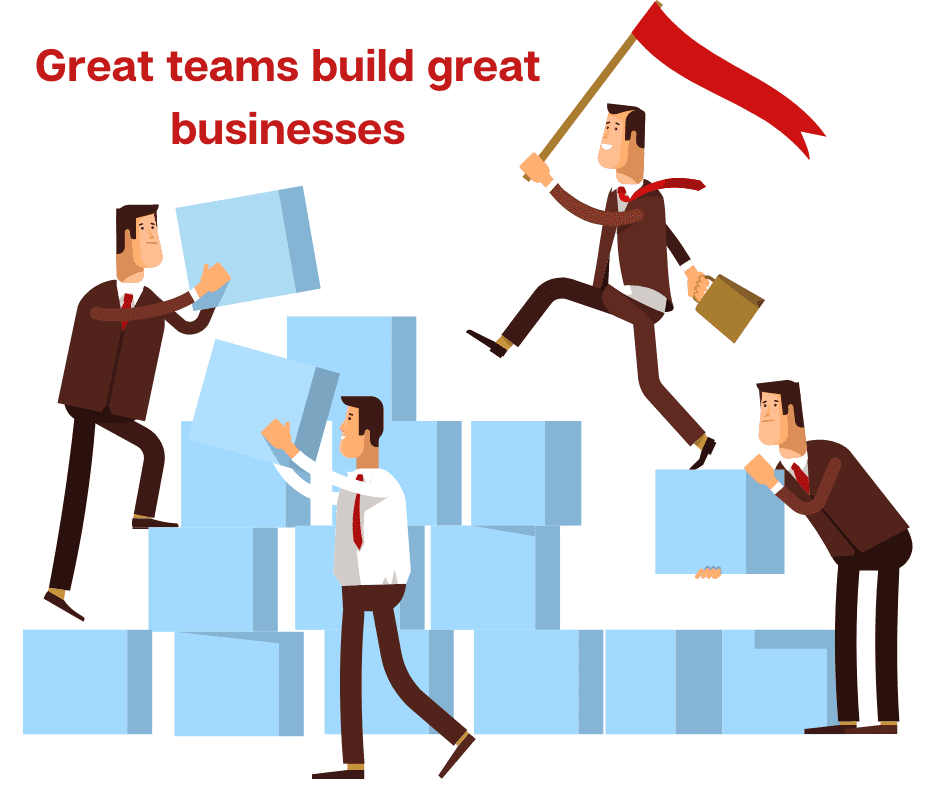The Key Ingredients for Business Success (Part 3)
In part one and two of this series of articles we identified the fact that there is no secret formula or magic potion that guarantees financial success in business. Having said that, there are a number of things that successful businesses have in common including the fact that they develop a clear point of difference, they plan ahead, their marketing is strategic plus they develop a deep understanding of their numbers and their competitors. In part three we look at the importance of building a great team, building a customer database and having a lead generation website (including video content).
Great Teams Build Great Businesses
Jim Collins in his book, Good to Great compares running a business to a bus where the leader is the bus driver. Most people assume that great bus drivers (business leaders) start the journey by announcing to the people on the bus where they are going by setting a new direction or by articulating a fresh corporate vision. However, Collins says, “Leaders of companies that go from good to great start not with “where” but with “who.” They start by getting the right people on the bus, the wrong people off the bus, and the right people in the right seats. And they stick with the plan of first the people, then the direction, no matter how dire the circumstances.”
The lesson is leaders need to be selective about who they let on the bus and have a thorough selection process which means investing a substantial amount of time in evaluating each candidate. They should make systematic use of evaluation tools such as interviews, references, background checks and testing. If in doubt, don’t bring that person on the bus and leave a seat empty and take on the extra work as needed until you source the ‘right’ person.
 Collins suggests you get 100% of the key seats on the bus filled with the right people but this does not mean 100% of ALL seats have the
right people, but 100% of the key seats. If you think there might be a wrong passenger, “first give the person the benefit of the doubt
that perhaps he or she is in the wrong seat. Whenever possible, give a person the chance to prove himself or herself in a different seat,
before drawing the conclusion that he or she is a wrong person on the bus.”
Collins suggests you get 100% of the key seats on the bus filled with the right people but this does not mean 100% of ALL seats have the
right people, but 100% of the key seats. If you think there might be a wrong passenger, “first give the person the benefit of the doubt
that perhaps he or she is in the wrong seat. Whenever possible, give a person the chance to prove himself or herself in a different seat,
before drawing the conclusion that he or she is a wrong person on the bus.”
Once you have identified who you want to replace on the bus act quickly. Recruitment can be time consuming and finding the right people can be a massive challenge. When it’s time to let people off the bus be decisive but help them depart with dignity. Drill down into the mistakes you made when hiring that person, learn from them and apply the lessons to future hiring decisions.
When confronted with a problem or opportunity, shift the question from “what should we do?” to “who is the right person to take responsibility for this?” Spend a significant chunk of your time on people decisions and how to get the right people on the bus, get the right people in the right seats, get the wrong people off the bus, develop people to sit in the key seats and plan for succession. Make sure your business does an exceptional job of retaining the right people on the bus and once you fill your bus with the right people in the right seats, it becomes less a question of where you are headed and instead, how far you can go.
Winning Website
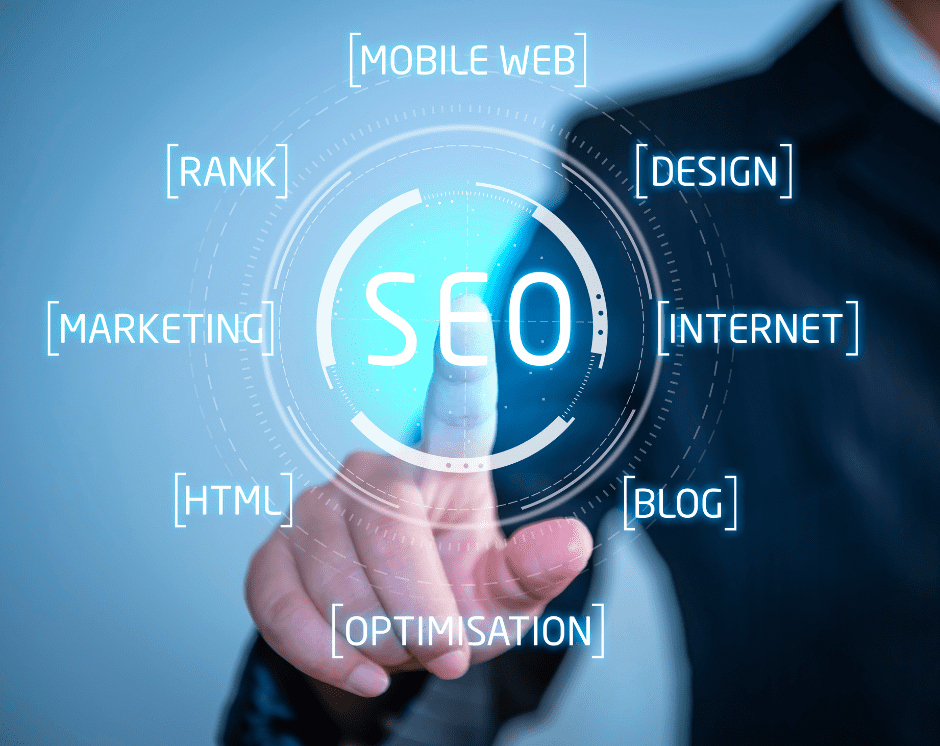 We live in an internet fuelled world where Google is king, and your website is your most loyal servant working 24/7/365. It is the ‘online
shopfront’ to your business and research suggests that 62% of customers will stop considering a small business if they can’t find
information about it online. Some 47% of customers under the age of forty report using a search engine to find or research a small business
at least once a day. These statistics are compelling and without a website that targets your ideal type of customer your business probably
won’t achieve its full financial potential.
We live in an internet fuelled world where Google is king, and your website is your most loyal servant working 24/7/365. It is the ‘online
shopfront’ to your business and research suggests that 62% of customers will stop considering a small business if they can’t find
information about it online. Some 47% of customers under the age of forty report using a search engine to find or research a small business
at least once a day. These statistics are compelling and without a website that targets your ideal type of customer your business probably
won’t achieve its full financial potential.
With an online search the dominant starting point for most consumers, your website is probably going to be the first touch point with a prospective new customer, client, or patient. For every good website on the internet there are 50 bad ones and remember, you only get one chance to make a good first impression. The web is full of sites that are best described as ‘electronic billboards’ that simply list the who, what and where of the business. These websites generate minimal traffic, next to no leads and any prospects who stumble across these types of websites will pass judgement on the business and label them a dinosaur.

Most importantly, if people are referred to your business and then discover an amateurish website, it’s probably going to be a wipe out. Not only that, but you might not even know that you got the referral in the first place and all your hard work to generate referrals is down the drain. A good website doesn’t just mean something that looks pretty, it should be user-friendly, mobile responsive and optimised for the search engines like Google. Search Engine Optimisation (SEO) in particular, requires ongoing attention, so you need to treat your website as a constant work in progress.
In the digital and social age your website can be the difference between Gloom, Doom and Boom. Your prospects and customers want instant gratification, so you need to provide content that helps them solve their problem or answer their query. They want to know your prices and if they decide to buy, they expect an express checkout process. If you have an e-commerce facility it must be a seamless process, or they won’t complete the transaction. Research suggests that close to two thirds of shopping carts are abandoned at the checkout ‘counter.’
We know the pandemic changed consumer behaviour and we witnessed an explosion in online sales. Smart phones changed the world and Google searches on mobile devices have overtaken the number of searches on desktop and laptop computers. Entire industries are being disrupted and transformed and if you want to compete you need a lead generation website that contains calls to action, lead magnets, social proof, a blog, and videos. Content is king and your website should house all your content that now comes in many different forms including video, audio, e-books, case studies, newsletters, infographics, checklists, photos, and blogs.
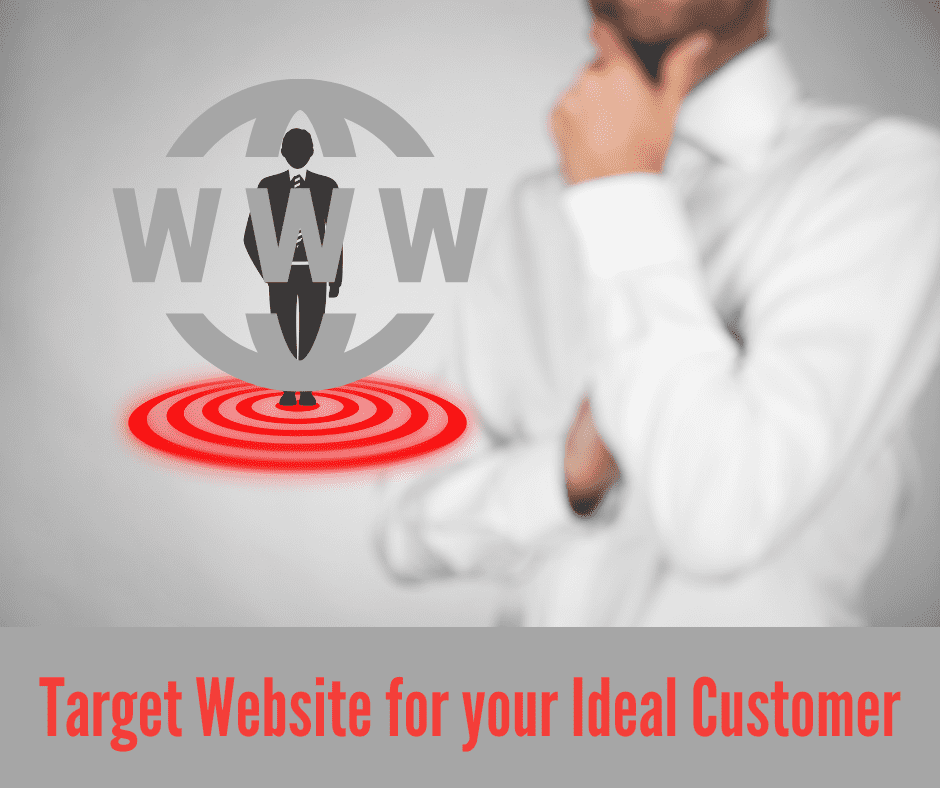
Your content obviously needs to be original and relevant so it ranks well with Google and the other search engines and ideally it should resonate with the type of customer you are targeting. Your website needs a clear purpose that can change based on who your intended targets are. Some websites are geared towards showcasing products and services while others are focused on providing practical information. Clearly, not every visitor to your site is ready to buy given they will be at different stages of their buying journey. Some are just browsing and researching while others are looking for proof that you can deliver on your promised offering. For that reason, testimonials and social proof including five star reviews are extremely valuable. You need to design your website with the visitors’ experience in mind.
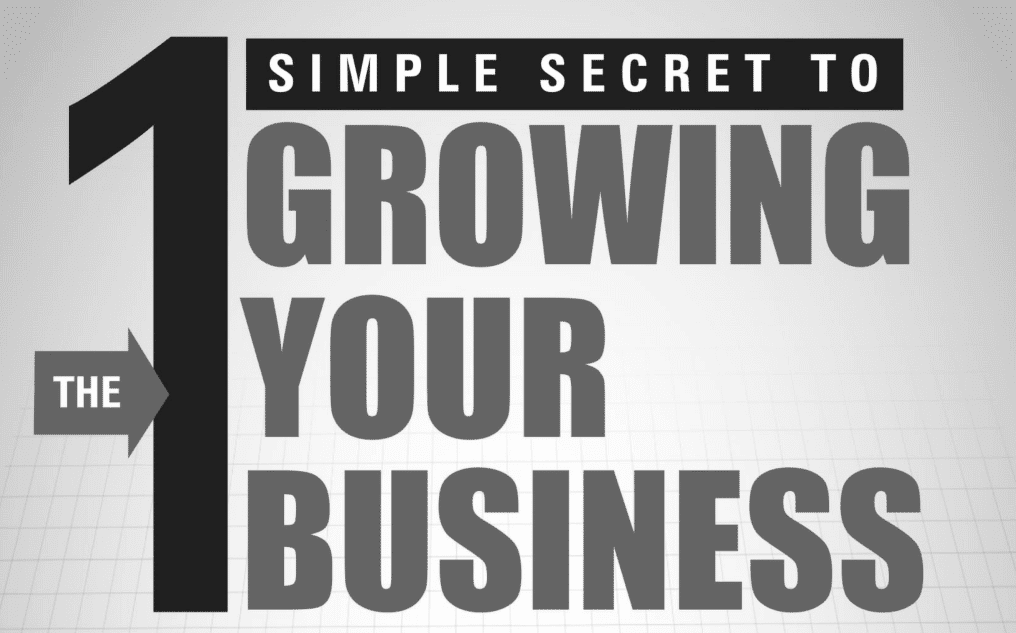 Your website should sell your story 24 hours a day, seven days a week, 365 days a year. If your website is not performing it could be time
for a makeover or upgrade because Google claims visitors will spend no more than 10 seconds on your site before they hit the back button and
move on to one of your competitors. As your principal marketing tool, you need to treat your website as an investment not a cost and come to
terms with the fact it will never be finished, it will always be a work in progress.
Your website should sell your story 24 hours a day, seven days a week, 365 days a year. If your website is not performing it could be time
for a makeover or upgrade because Google claims visitors will spend no more than 10 seconds on your site before they hit the back button and
move on to one of your competitors. As your principal marketing tool, you need to treat your website as an investment not a cost and come to
terms with the fact it will never be finished, it will always be a work in progress.
If you haven't already downloaded our e-Book, ‘The 1 Simple Secret to Growing Your Business' you can download it for free from the marketing page of our website. It documents our 'winning website formula' that will help you build a high performing website.
Video
Today’s best content marketing strategies go beyond blogs, e-books, infographics, tip sheets and other ‘static’ assets. Video is a powerful way to connect with your audience and if a picture paints a thousand words, a video paints a million words! Videos are generally published on either YouTube or a social network, however, they can also come in the form of webinars, courses, and live video.
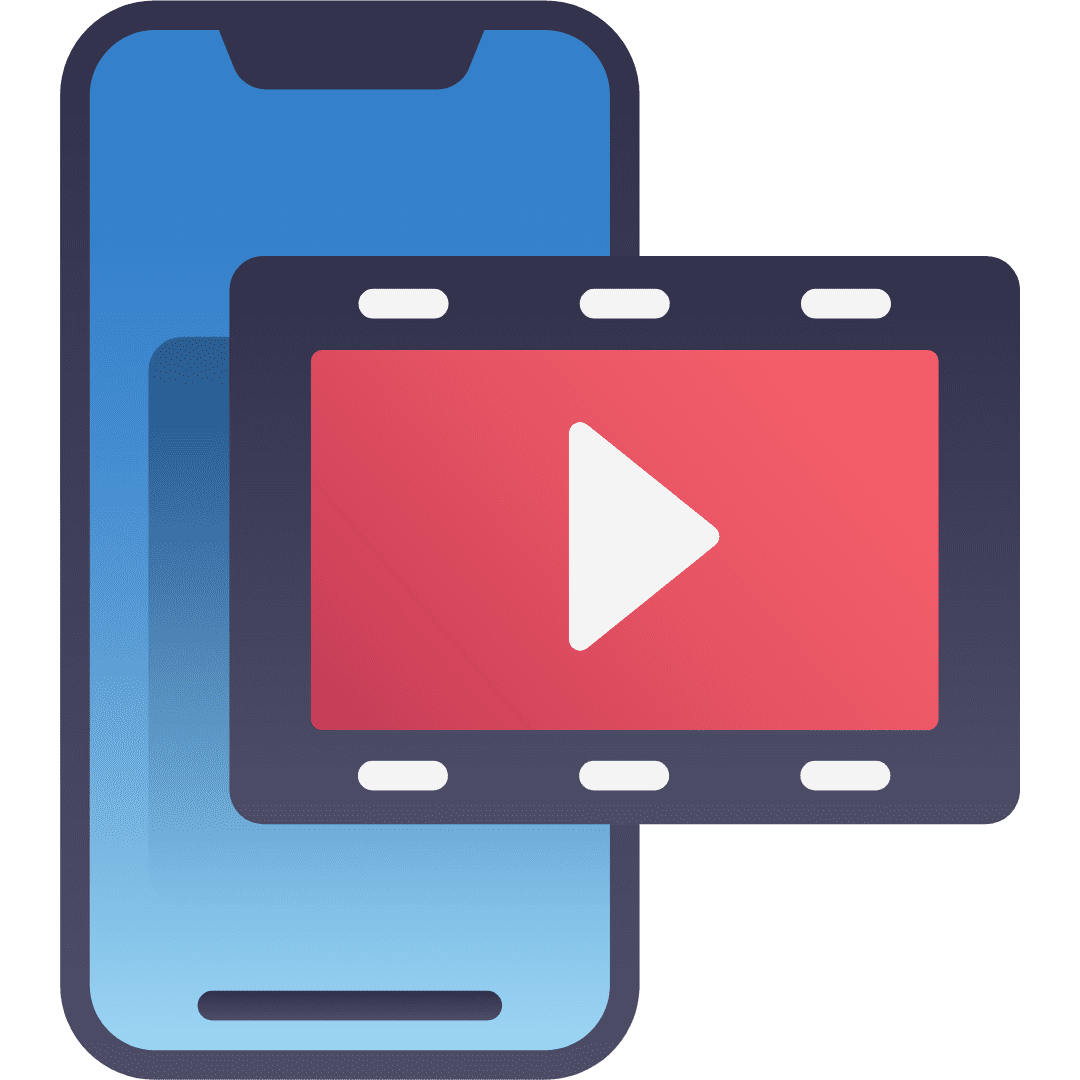
The pandemic accelerated the growth of videos and according to Wyzowl’s 2021 State of Video Marketing report, 96% of consumers say the pandemic increased the amount of video content they watch online. That report also found, nine out of ten people want more video content produced by brands in 2021, with a further 68% preferring to learn about a product or service through short video introductions.
From an analytics perspective, content published by brands that state the word ‘video’ is eight times more likely to be opened by customers. You cannot ignore these findings and successful businesses are increasing their focus on video content particularly given videos usually lead to viewers spending more time on your website that is a ranking factor with Google. Also, Google owns YouTube, so it favours content on that channel. Of course, just like the text on your website, you need to optimise your videos for SEO purposes that means using interesting and descriptive titles with links that point back to your website.
The good news is that courtesy of smart phones, it is much easier to produce quality videos. You don’t need the recording or editing skills of Steven Spielberg or the big budget of a Hollywood blockbuster movie to produce videos for your business. Your videos can be shared across multiple social media platforms like YouTube, Facebook and Instagram and these channels have targeting features that allow you to make sure your videos are only shown to the audiences you are specifically targeting. You can control your outlay and these social media channels then allow users to share your videos with other users so they can go viral very quickly.

YouTube works differently to the other social media platforms because when you produce a piece of video content, it just sits there, and it can gain more and more momentum over the months and the years. Videos are a digital asset that can continue to work for your business for years after production and can capture the user’s attention within a matter of seconds. The rising popularity of platforms such as TikTok highlight the power of video.
Successful businesses are using videos to drive sales and website traffic by producing videos including:
- Product or service tutorials including ‘how-to’ videos
- Customer testimonials that build trust
- Before-and-after imagery to build product confidence
- Interesting behind-the-scenes footage showing the making of a product
Research suggests that 90% of users claim videos help them make buying decisions. When users can see products being used on videos,
there is a higher chance that they will buy so it lifts your sales conversion rate.
Technology & Software

Thanks to technology, the rate of change is accelerating, and successful businesses are using technology to innovate to produce better products and solutions. Technology is also helping develop improved customer service.
Smart business owners don’t just view technology as a way to automate processes, they use it to open up new ways of doing business. In fact, digital transformation and technology are often the driving forces behind the sustained growth of successful businesses. They embrace technology to expedite processes and automate operations. They innovate to create more efficiencies, save time and money plus provide their customers with better products and services.
With customers getting more demanding, technology can really improve the customer experience by delivering a better, faster, and simpler solution. Technology will allow you to set up an online help desk to manage customer issues, schedule appointments or conduct surveys and questionnaires to get customer feedback. In turn, a more satisfied customer will leave positive reviews and provide more referrals.
Here are some examples of how technology is driving growth in business:

- Zoom and other video conference software - has reduced the need for travel to attend meetings. There is no need to leave home or the office to attend head office interstate, your accountant, suppliers, or customers. You can now communicate from your computer or smart phone and customers can get live support almost 24/7. The technology is easy to use, customers get a quick response, and it saves your business time and money.
- Marketing Automation - helps you to identify potential customers and then automatically nurture those leads through a process that can lead to a sale. It can trigger actions based on certain defined events such as a series of personalised emails at set intervals. This can free up your sales team to deliver better customer service and follow up.
- Web-based payment systems allow businesses to send and receive payments online that can also generate an invoice and activate the delivery process including booking a courier.
Ultimately, business success can be measured by a number of key performance indicators including your bottom line profit. The three examples above illustrate the fact that technology and innovation can reduce costs and minimise the wastage of resources. The time saved means you can deploy your team to perform more productive tasks. The hidden benefit is your team are removed from the mundane repetitive tasks that can eat away at job satisfaction and increase staff turnover.
Software drives operational efficiency, reduce costs, and replaces manual paper-based procedures. For example, accounting software has revolutionised how businesses (big and small) operate, and the development of cloud technologies has been another game changer with enhanced cyber security. As the pandemic proved, mobilizing your employees through use of technology can also provide additional cost savings with staff working away from the business premises which can reduce costs associated with running and maintaining the offices (i.e., rent, heating and cooling, lighting, and consumables). Successful businesses invest in mobile devices and cloud solutions to help their team work remotely to provide a better work-life balance which in turn can improve productivity and help with employee retention.
Customer Database and CRM Systems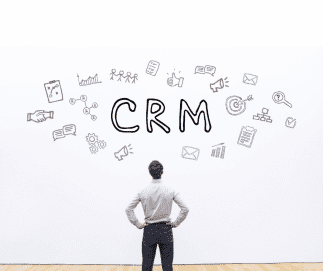
Email marketing has been around for decades and is an inexpensive and effective form of marketing. The real value of your database is in the detail and today marketers are looking to collect more and more customer information than ever before. The mission is to build a database full of key customer information including the email address, gender, age and buying preferences.
The experts suggest that customers engage with brands that can offer them a more personal shopping journey. This data-driven marketing approach lets you target customers and prospects with offers tailored to their preferences which can obviously increase sales conversion rates. When it comes to email marketing, there is a fine line between annoying and intriguing so combining the data in your customer database with marketing automation tools means you can nurture the relationship by producing regular and relevant communication pieces including newsletters and special offers.
We know that businesses without systems and automation won’t achieve their full profit potential and highly successful businesses aim to create an ‘automated marketing machine’ with their customer database the fuel that drives the machine. It is also a highly valuable business asset because when it comes time to sell your business, the buyer will be very interested in the size, quality and depth of your database.
The success of your email campaigns can hinge on the quality of your database and out-of- date data will impact on your results. Personalization is the process of tracking your customers and prospect’s preferences then customizing their communications to those preferences. Research reveals that 80% of consumers are more likely to engage with a company if it offers personalised experiences based on their interests and preferences.

By segmenting your customer database, you can make the marketing message more relevant. You can also identify your most loyal and profitable customers and single them out for the red carpet treatment including special offers. In marketing, if you try to please everyone, you will probably please nobody at all. Without a segmented-message strategy, you will be pumping out emails to people who aren’t interested. Recipients will potentially unsubscribe which defeats the purpose of the exercise. Segmentation helps your emails engage and resonate which in turn improves your open and click-through rates.
To grow your list of customers, encourage visitors to your website to exchange their contact details for a ‘lead magnet’ that could be a valuable piece of your content like an e-book, guide, checklist, or free sample. The prospect’s email address is then automatically added to your CRM system, and you can then target them with tailored offers and then nurture the relationship by sending regular newsletters and email offers.
 Automation is important and your competitors are doing it right now. The list of things that can be automated in your business and marketing
are almost endless, but some absolute essentials include:
Automation is important and your competitors are doing it right now. The list of things that can be automated in your business and marketing
are almost endless, but some absolute essentials include:
- Respond to a Contact Request - When a prospect completes a form on your website and enters their name and email address you can send an instant automated email reply. Delaying your response to a customer query by just 30 minutes can have a significant impact on your chance of winning that customer.
- Welcome Chain of Emails - The first sale isn’t the end of your relationship with a client, it’s just the beginning. To make a powerful first impression you can send a series of automated ‘welcome’ emails to these new customers. It is simple and effortless using automation software.
- Appointment Reminders - People are busy and are being bombarded by phone calls, emails and ads which means they can easily get distracted and forget their appointment. However, booking systems can trigger automated appointment reminders via text or email 24 hours before the scheduled appointment and again an hour or a few minutes before the appointment. This reminder can also include a link to reschedule, allowing clients to view available times and schedule a meeting that makes the appointment process completely automated.
- Create Repeat Business – You have worked hard to build your customer database and the objective is to get customers to buy again and again. This is so important where you sell a recurring product that needs to be replenished on a regular basis (e.g., toiletries, office stationery and food items). Marketing is about being proactive so don’t wait for customers to realize they are running out of the product, instead, you know the average lifespan of the product and your automation software starts the clock the moment a sale is made and then sends a follow-up email after a predetermined period of time.
Summary
If you want to do well in business, look at what the market leaders are doing well. Businesses don’t succeed by accident and yours won’t either.
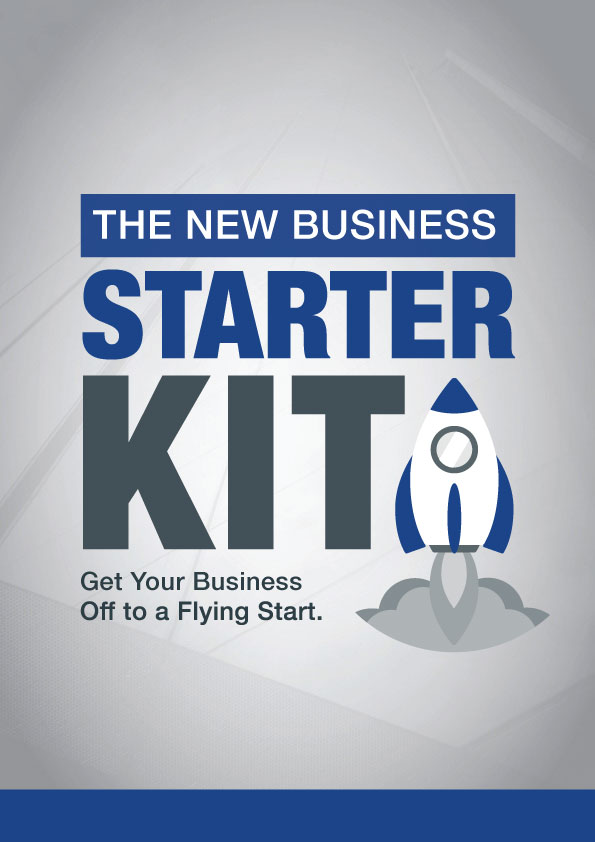 Highly successful entrepreneurs recognise they can’t do it all on their own and are master team builders who hire the right people and then
invest in their skill development. They create a lead generation website for their business, monitor their competitors and produce content
(including videos) that resonate with their ideal type of customer. They work hard to build and manage their customer database using a
customer relationship management (CRM) system. They nurture their customers and look to generate repeat business using robotic automation
tools. They continually research new or emerging technology that could revolutionise their industry and processes.
Highly successful entrepreneurs recognise they can’t do it all on their own and are master team builders who hire the right people and then
invest in their skill development. They create a lead generation website for their business, monitor their competitors and produce content
(including videos) that resonate with their ideal type of customer. They work hard to build and manage their customer database using a
customer relationship management (CRM) system. They nurture their customers and look to generate repeat business using robotic automation
tools. They continually research new or emerging technology that could revolutionise their industry and processes.
If you’re looking to build a successful business, we invite you to contact us today. If you’re thinking of starting your own business, we have developed a range of templates, tools, and checklists to help you get your business off to a flying start. We have put all these resources together into our 32 page ‘New Business Starter Kit’ that you can download from our website.
Read More:-
The Key Ingredients for Business Success (Part 1)
The Key Ingredients for Business Success (Part 2)
This article forms part of our Business Accelerator Magazine. Download the latest edition HERE or browse other articles from this edition below:
-
The
Key Ingredients for Business Success (Part 3) - Return to Top
- Great Teams Build Great Businesses (the importance of building a great team)
- Winning Website (having a lead generation website)
- Video (using videos to drive sales and website traffic)
- Technology & Software (improving customer experience and thereby delivering sustained growth of the business)
- Customer Database & CRM Systems (this data-driven marketing solution lets you target customers and prospects with offers tailored to their preferences)
- The Marketing Essentials for Business Start-Ups
Disclaimer: This newsletter contains general information only. No responsibility can
be accepted for errors, omissions or possible misleading statements. No responsibility can be accepted for any action taken as a result of
any information contained in these articles. It is not designed to be a substitute for professional advice and does not take into account
your personal circumstances.







